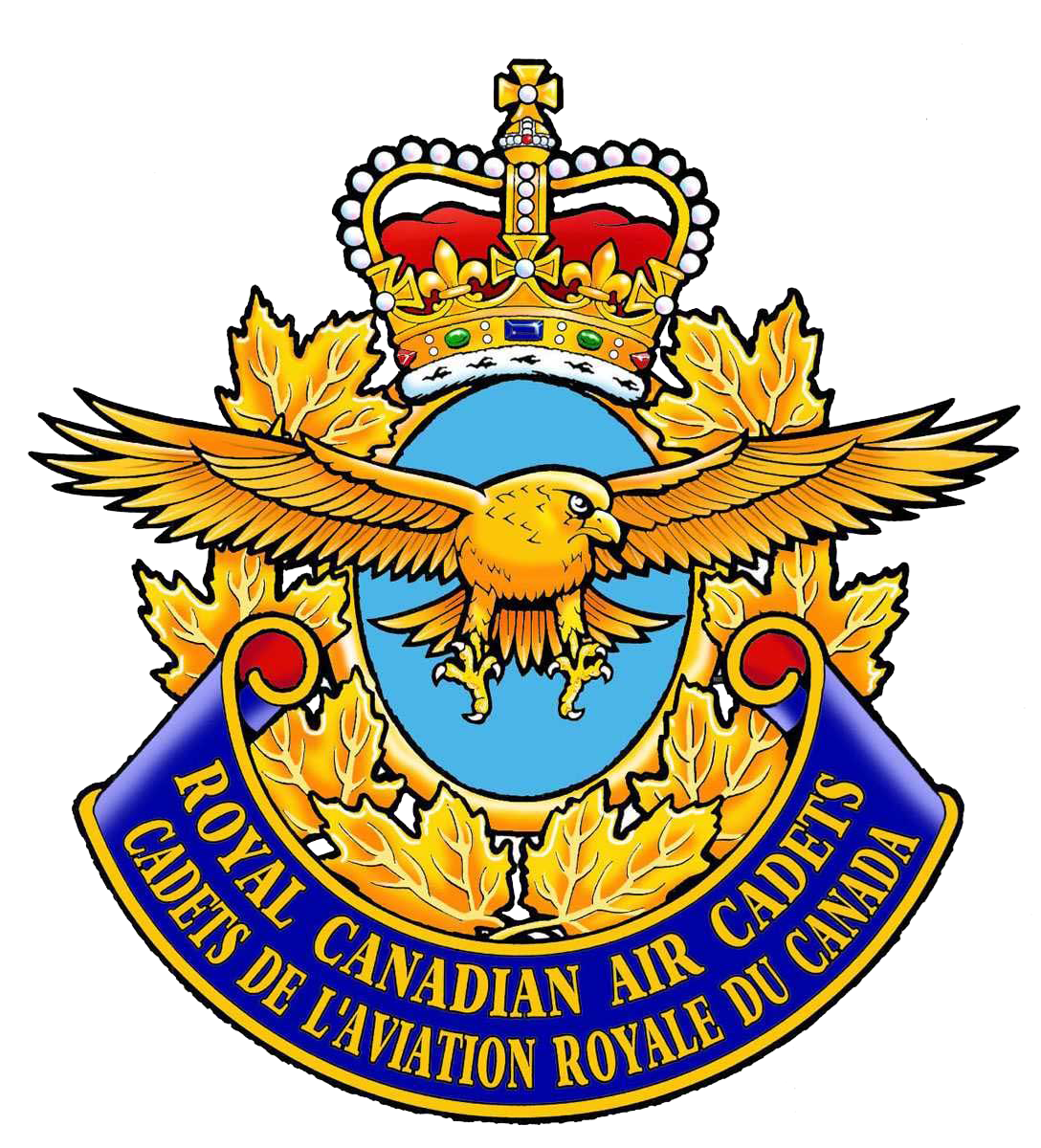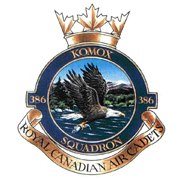About Us
WHAT IS AIR CADETS?
WHAT IS 386 SQUADRON?
WHO ARE THE STAFF?
ACTIVITY CALENDAR

What is Air Cadets?
The aim of the Cadet Program is to develop in youth the attributes of good citizenship and leadership; promote physical fitness; and stimulate the interest of youth in the sea, land, and air activities of the Canadian Forces; however, each focuses on its own parent element. The Air Cadet motto is “To learn. To serve. To advance.”
Persons aged 12 to 18 may join the Air Cadet Program. The organization and rank system of the Royal Canadian Air Force is used with the exception of flight corporal – equivalent to master corporal in the Army Cadet Program or master sea cadet in the Sea Cadet Program. Cadets are not members of the Canadian Forces, and there is no expectation of a future military career. Adult leadership is provided by members of the Canadian Forces Reserve subcomponent Cadet Organizations Administration and Training Service composed mostly of officers of the Cadet Instructors Cadre (CIC), supplemented, if necessary, by contracted civilian instructors, authorized adult volunteers, and, on occasion, officers and non-commissioned members of other CF branches. The CIC is specifically trained to deliver the Royal Canadian Sea, Army, and Air Cadet training program, and like all reservists come from all walks of life and all parts of the community. Some are former cadets, many have former regular or reserve force service. In keeping with Commonwealth custom, the Royal Canadian Air Cadets stand last in the order of precedence, after the Royal Canadian Sea and Army Cadets.
The Canadian Cadet Organization is sponsored in partnership by the CF/DND and the civilian Air Cadet League, along with the Navy League and Army Cadet League. Each cadet unit is supported by a local squadron sponsoring committee responsible to the national League through each of the provincial committees. The basic Air Cadet program is provided at no cost, including uniforms and activities. Many Air Cadet squadrons are sponsored locally by a service organization or club such as a Royal Canadian Legion Branch, Royal Canadian Air Force Association Wing, Rotary Club, Lions Club, others are supported by a locally established committee often composed of parents of cadets. The local civilian sponsors must raise money to provide for accommodation, utilities, liability insurance, local awards, and additional training resources or special activities, such as mess dinners, band instruments or squadron excursions and trips, not funded by the CF/DND. Cadets and their parents are encouraged to participate in fund-raising activities.
The 386 Squadron of the Royal Canadian Air Cadets was founded on December 8th, 1944.
386 Squadron meets every Tuesday, from 6:30-9:30pm, during the school year – “parade night”— to undertake the local training program.
The course of instruction is prescribed by the Director of Cadets and outlined in course training plans distributed to each squadron. The six-year program provides cadets instruction in citizenship, leadership, survival training, instructional techniques, drill and ceremonial and the basics of aviation and aeronautics. In the fifth and subsequent years, cadets may be assigned to instruct these classes to the younger cadets. The local training begins in September and continues until June.
In addition to the mandatory weekly training syllabus, there are additional regularly scheduled activities that cadets can participate in optional training that includes band, firearms safety and marksmanship using the 10 metre air rifle for both training and competition, biathlon, military drill practice, first aid training and competitions, and ground school instruction in preparation for glider pilot and private pilot training courses. Many of these activities also involve regional, provincial, or national competitions between teams and individual cadets.
Throughout the year there are weekend exercises organized by the local squadrons. Survival exercises, participation in Remembrance Day ceremonies, and familiarization flights are all common activities. Cadet squadrons participate in community events such as parades and band concerts.

